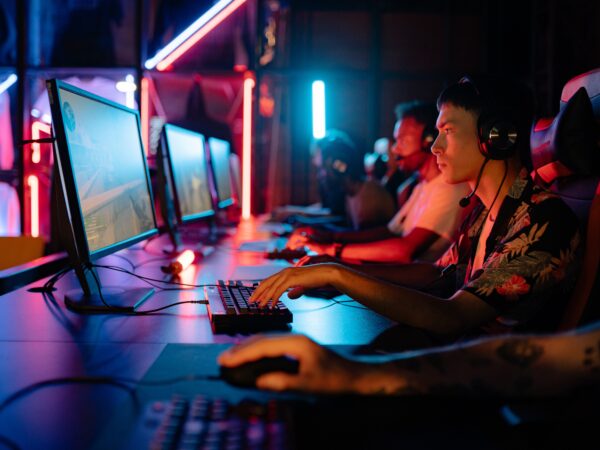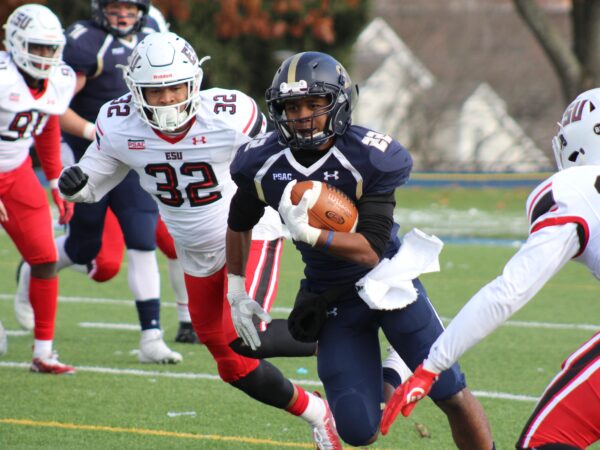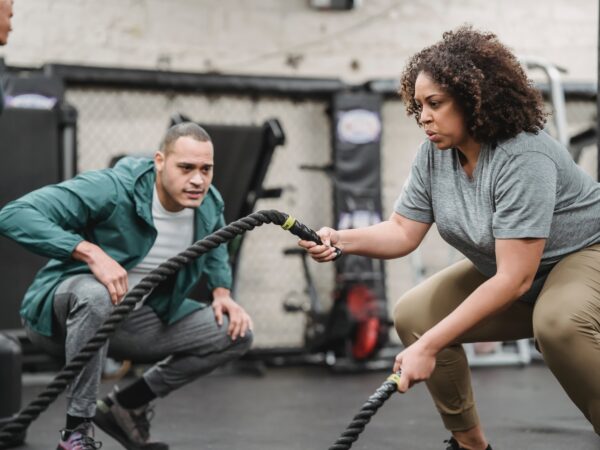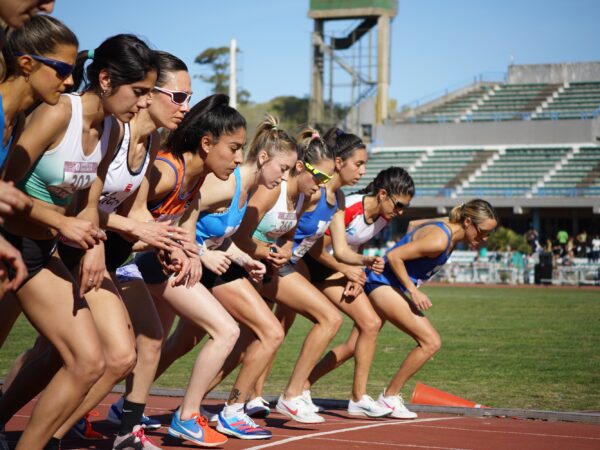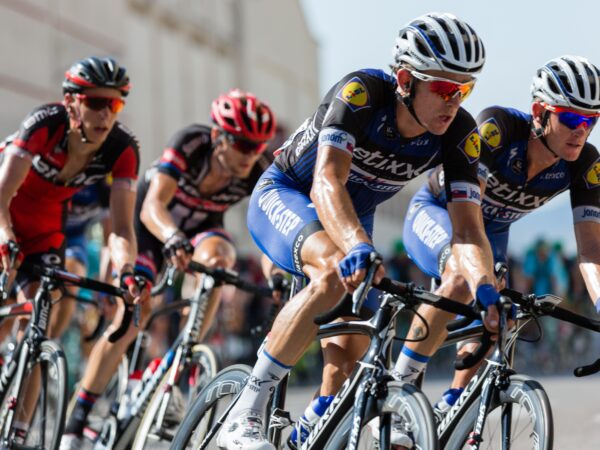Social media has revolutionized the way we communicate with one another, and its impact on sports is undeniable. The use of social media has shaped the way we consume and experience sports, and has led to the rise of new sports stars and teams.
From Twitter to Instagram, Facebook to TikTok, social media has provided athletes and fans alike with a forum to connect with one another and share their passion for sports.
The impact of social media on sports spans across several different areas; from the way that fans engage with and follow their favorite teams to the way that athletes promote their personal brand, social media has changed the way that we think about and experience sports.
In this article, we will explore the impact of social media on sports, and examine the ways in which it has changed and shaped the sporting landscape.
Connectivity
One of the biggest impacts of social media on sports is its ability to connect athletes and fans from all over the world.
Social media platforms allow for instantaneous communication and engagement, and this has led to increased participation and involvement in sports.
For example, Twitter has become a platform for athletes to communicate directly with their fans, and has provided a unique opportunity for fans to engage with their favorite sports stars.
Athletes can use Twitter to share their thoughts on games, post photos and videos, and interact with their followers. This not only helps to build a personal connection between athletes and their fans, but it also provides valuable insight into the daily lives of these athletes.
Similarly, Instagram has become a platform for athletes to share their experiences and showcase their personal brand.
Athletes can use their Instagram profiles to post photos of their daily lives, share behind-the-scenes footage, and promote their sponsorships.
This provides fans with a unique perspective on the lives of their favorite athletes, and can help to build a strong sense of loyalty and connection to the team or athlete.
Visibility
Social media has also led to increased visibility for athletes and teams. Before the rise of social media, athletes and teams relied mainly on traditional forms of media coverage, such as newspapers and television broadcasts, to gain visibility and exposure.
However, social media has provided a new avenue for athletes and teams to reach a wider audience.
For example, YouTube has become a platform for athletes and teams to post highlights and behind-the-scenes footage, which can reach fans across the world.
Similarly, Facebook Live and Instagram Live have become popular ways for athletes to broadcast live events, such as press conferences or training sessions, allowing fans to tune in from anywhere in the world.
In addition, social media has also enabled athletes to promote their personal brand and build a following. This can lead to increased sponsorship opportunities, which can provide financial benefits to both the athletes and the team.
Social media has even provided an opportunity for non-traditional sports such as e-sports to gain recognition and increase their visibility.
Fan Engagement
Social media has also changed the way that fans experience and engage with sports. Fans can now follow their favorite teams and athletes in real-time, and interact with them on a personal level.
This has helped to build strong fan bases for teams and athletes, which can lead to increased ticket sales and merchandise revenue.
Furthermore, social media has also provided a forum for fans to connect with one another and share their passion for sports.
Fans can discuss games, share their opinions, and even create their own content, such as fan-made videos or memes.
This has helped to foster a sense of community among sports fans, and has created new opportunities for fan engagement.
Social media has also provided an opportunity for fans to influence the sporting landscape.
For example, the rise of social media has given fans a platform to express their opinions on controversial issues, such as player protests,
which can lead to changes in the way that sports are played or managed. In addition, social media has also led to the rise of fan-led initiatives, such as crowdfunding campaigns for stadium renovations or team relocations.
Conclusion
In conclusion, the impact of social media on sports has been significant. It has changed the way that fans connect with their favorite teams and athletes, providing a forum for communication and engagement.
It has also increased visibility for athletes and teams, allowing them to gain exposure and build their personal brands.
Furthermore, social media has helped to build strong fan bases, leading to increased revenue opportunities and influence on the sporting landscape.
As social media continues to evolve and grow, it is likely that its impact on sports will only increase, shaping the way that we think about and experience sports for years to come.




